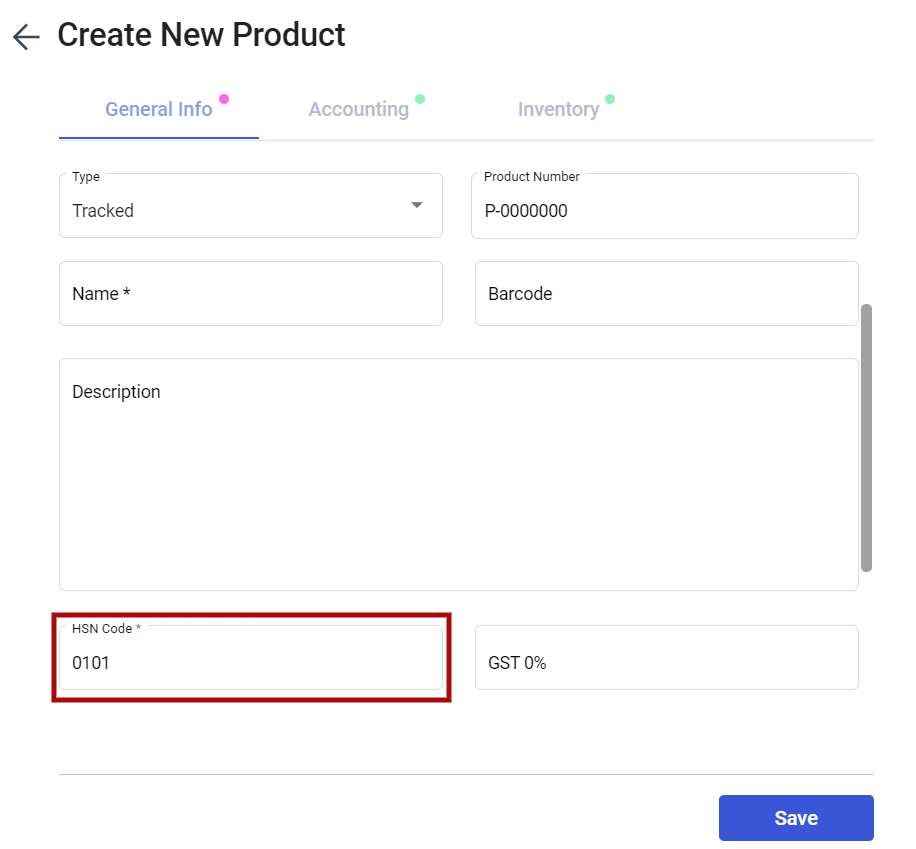The Goods and Service Tax in India is organized in such a way that all the necessary services and some food items are placed in the lowest bracket, and the other luxury goods and services and de-merit goods are placed in the highest bracket.
The GST council has set the four-tier structure at 0%,5%,12% and 18% and 28%.The Government has decided in an attempt to keep inflation in check to exclude essential items such as basic food commodities from tax. However, a 5% tax will be applicable for common commodities. Most of the standard services will fall under the 12%, and 18% tax slab and the luxury items will fall under the 28% slab.
The Four-Tier Tax Structure
- Nil rate Rate
- Lower Rate
- Standard Rate
- Higher Rate
NIL Rate (0%)
Under this category, the GST council has decided to exempt or not charge any taxes on a few of the basic commodities. Most of the items in the Consumer Price Index (CPI) comes under the zero rate. Basically, in simple words, no GST will be charged on these goods.
The following items stated below are some of the GST-Exempted Goods:
- Raw vegetables including potatoes, onions, and various leguminous vegetables, etc
- Live animals such as sheep, goats, live poultry, birds, bird’s eggs in the shell, fresh fish
- Wheat, corn, maize, cereal grains, soybeans that have yet to put into containers
- Human blood and various components of the same
- Fresh ginger, melon, roasted coffee beans, unprocessed green tea leaves, etc.
- Raw materials such as raw silk, silk waste, khadi fabric, khadi yarn, charcoal, firewood, handloom fabrics and wool (not processed).
- Tools and instruments such as hearing aids, spades, shovels, tools used in agricultural purposes, handmade musical instruments, etc.
*There are many more products that are exempted from GST and the products mentioned above are just an indication of some of the products that qualify for zero GST.
Lower Rate (5%)
Under this slab, a 5% rate will apply to most of the common commodities and services. This mainly includes the rest of the items under the Consumer Price Index and the mass consumption products. Some of these items are-frozen vegetables, coffee, tea, rail tickets, economy air tickets, takeaway food, fertilizers, etc.
Standard Rate (12% and 18%)
Most of the goods and services come under this slab. To keep inflation in check, the government has decided to keep two standard rates for the products and services. The 12% slab consists of -butter, cheese, handbags, jewelry boxes, cellphones, frozen meat, business class air tickets, movie tickets priced under ₹100, etc. Some of the items under the 18% slab are-pasta, pastries, cakes, vacuum cleaners, hairdryers, panels, wires, IT services, telecom services, etc.
Higher Rate (28%)
More than 200 products will come under the 28% tax slab. This mostly consists of luxury products. Some of these items include-pan masala, paint, cement, automobile, washing machine, shampoo, sunscreen, motorcycles, aerated water, etc. For some of the products under the 28% slab category, an additional cess has been fixed by the government.
How does this apply to Deskera users?

When creating a product on Deskera, make sure that you select the product as taxable. Next, users will need to make sure that the HSN/SAC of the products are entered accurately. Once you have entered the HSN/SAC code, the tax rate will be auto-populated based on the code you have input. You may refer to the article mentioned above to cross-check if the tax rate populated is accurate based on the product classifications.

